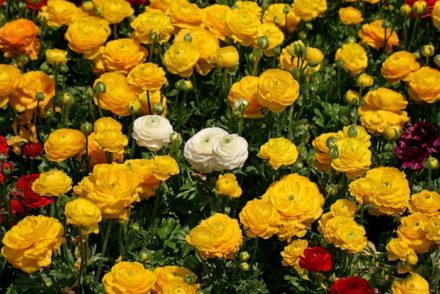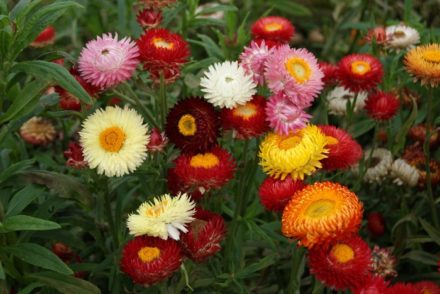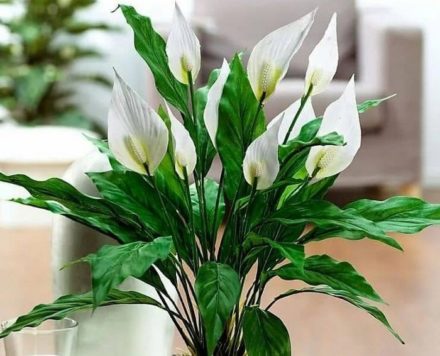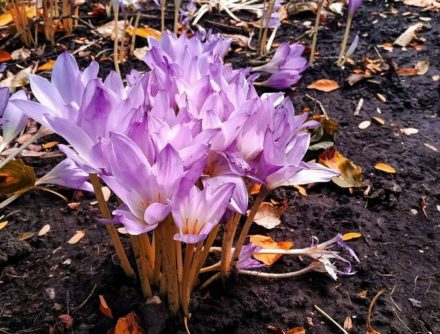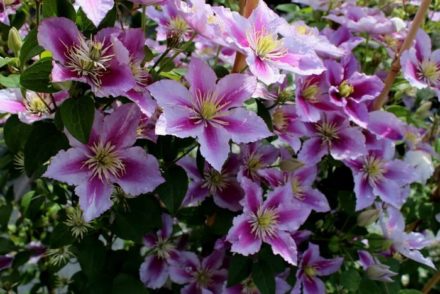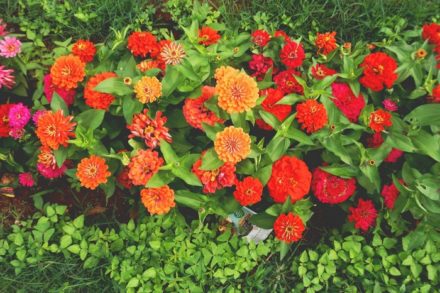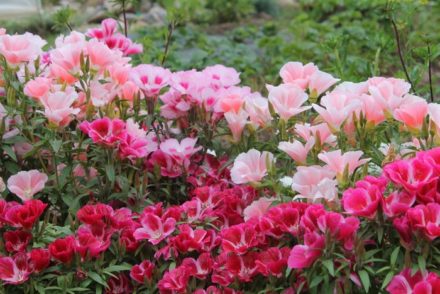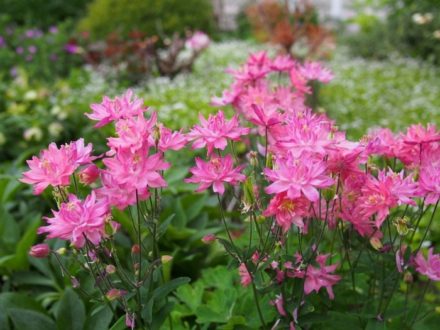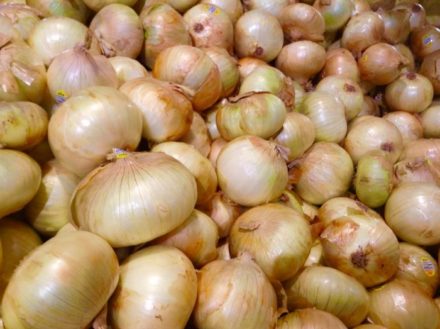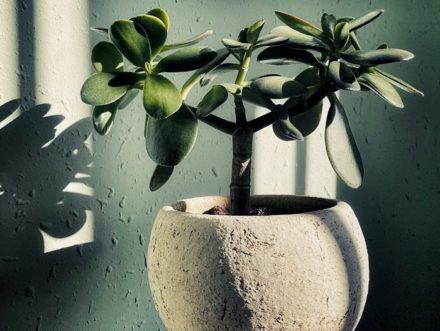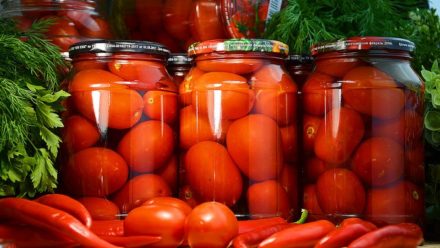Gloxinia (botanical name - Sinningia beautiful) is a tuberous perennial plant of the Gesneriaceae family with bell-shaped flowers of a wide range of colors and velvety fragile leaves. With proper care, your pet blooms twice a year, delighting you with beautiful delicate buds.
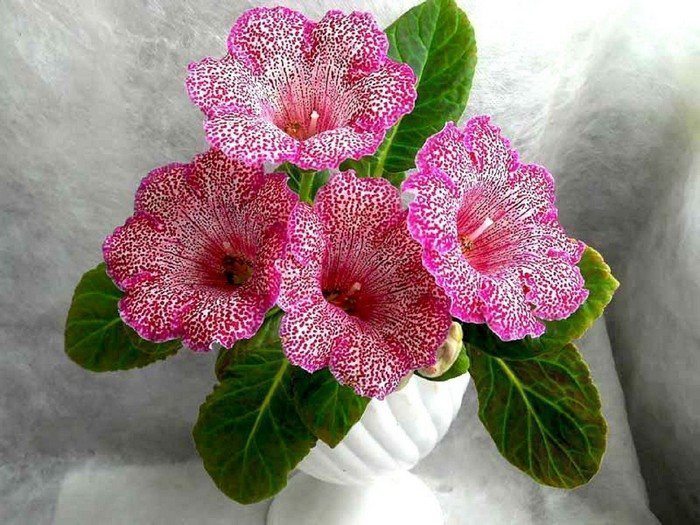
Planting tubers is one of the ways to breed gloxinia. Let's look at 5 useful tips on how to do it right.
Winter dream
The life cycle of gloxinia is divided into 2 periods:
- growing season - lasts from early spring to late autumn - the plant blooms and reproduces;
- dormant state - the flower falls asleep for 3-4 winter months. Its stem and wilted leaves are cut off. The tubers are left in a pot with soil and stored at a temperature of 12-15 degrees in a dark place, or dug out of the ground, placed in a plastic bag with sand and put in the refrigerator. During the winter, the soil is moistened several times.
An adult plant needs rest so that it can accumulate strength and wake up in the spring vigorous and healthy. Young, fragile plants, on the contrary, will not be able to survive a long rest, so they are still watered and fertilized. They keep growing.
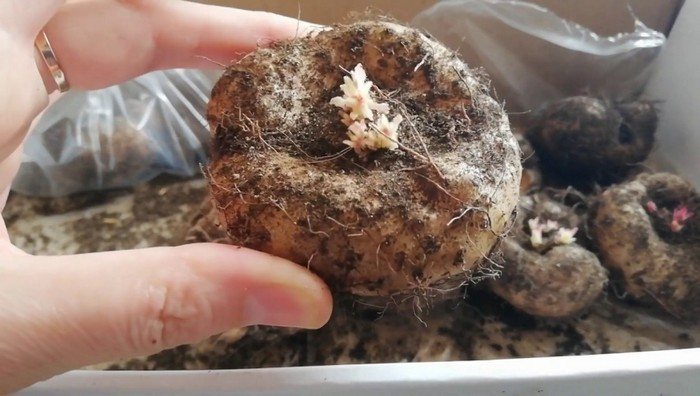
Preparing the soil for planting
The best soil composition for gloxinia is a mixture of leaf soil, peat, sand or vermiculite in a ratio of 2:2:1. In addition, expanded clay removes excess moisture.Charcoal in small quantities reduces soil acidity. It is important that the substrate for planting is light, breathable, and not waterlogged, otherwise the plant will grow poorly or die.
Before planting, the soil must be treated with a disinfectant for flowers against insect larvae.
How to plant tubers
In February-March, the tubers germinate. They are removed from the ground and cleaned of old roots and soil particles. Then they are disinfected for about half an hour in a weak solution of potassium permanganate. The detected rot is cut off with a sharp knife, and the cut is sprinkled with crushed coal.
The tuber is planted in the ground and lightly sprinkled with soil, leaving the sprouts exposed. Expanded clay or foam is poured onto the bottom of the pot for drainage. Overmoistening of the soil leads to rotting of the tuber, so watering must be done carefully with a small amount of water.
If there is little planting material, potatoes can be cut into several slices with a sprout on each, treat the cuts with charcoal and plant in pots, covering them with bags. It is important to choose the right pot - it should be 3-5 centimeters larger than the tuber.
Feeding with fertilizers
When sprouts appear, the plant begins to be fed. Nitrogen fertilizers are used only at the beginning of growth, since in other periods they lead to rotting of the tuber. Phosphorus and potassium fertilizers improve flowering, but their excess causes diseases: chlorosis, yellowing, aging.
Fertilizing is applied 3-4 times a month after watering the plant. The solution should not get on the sprouts, leaves or in the middle of the tuber.
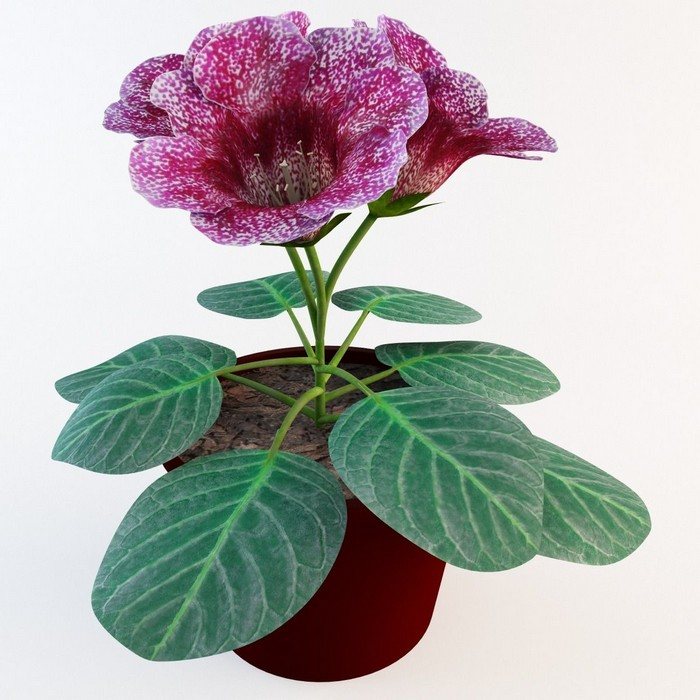
Watering gloxinia
For irrigation, soft water at room temperature is used.Chlorinated tap water must be settled. You should not water the flowers too much. If there is an excess of it, the tubers rot, especially in the autumn-winter period.
To saturate the leaves, stems, and root systems with moisture in the hot season, instead of watering, you can use trays of water placed next to the flowers.
Gloxinia is a bright living decoration of our homes. It is not picky and does not require much concern from us. She needs the soft diffused light of the sun, the gentle warmth of the window sills, deep rest with the onset of winter, fertilized soil and kind caring hands capable of growing such a miracle.


